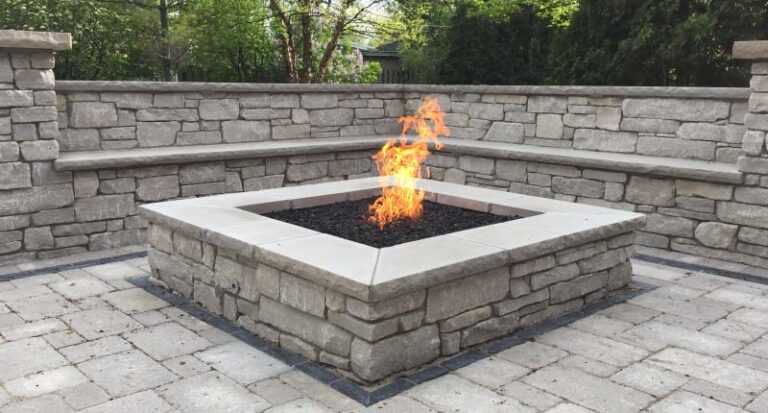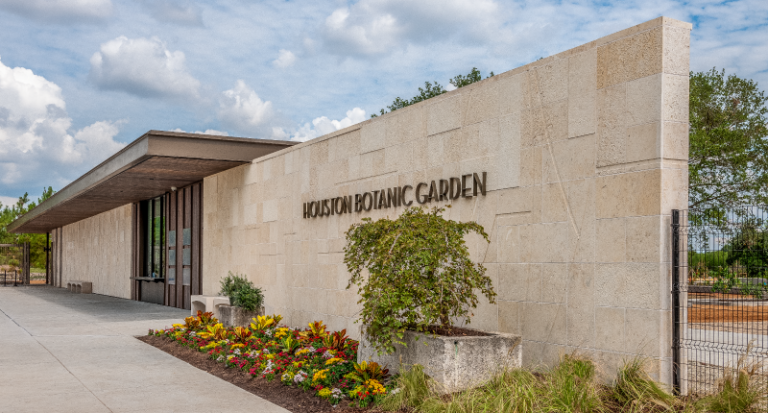sustainability

Natural stone’s inherent attributes make it a great solution for many green building project goals. It is a durable, aesthetically pleasing, sustainable material used for indoor and outdoor applications. When selecting natural stone for any project, it is important to know how the stone was quarried and fabricated to understand the impacts on the environment, including the land. Responsible stone quarrying and production practices are well defined, and third party verified, through the Natural Stone Sustainability Standard, Life Cycle Analyses (LCAs), and product labels such as Health Product Declarations (HPDs) and Environmental Product Declarations (EPDs). Because the metrics and impacts are quantified in these product labels and the Standard, it has raised awareness and spawned efficiencies and innovations at every step of the process. It also makes it easier to compare materials before selecting the most appropriate one for a project. Understanding this information will ultimately help you make better decisions and select a natural stone from a company that is working to continuously reduce their environmental impacts.

As homeowners continue investing in relaxing outdoor spaces, many are adding plunge pools and other features to their backyards. “The request we get most frequently is to install natural stone on the outside of their plunge pools,” says Karen Larson, co-founder of New Hampshire-based Soake Pools. Her company works almost exclusively with salvaged stones for the exterior and coping of its plunge pools. “Many clients opt for natural stone along the outside and coping of their plunge pools to enhance their landscapes with the stone’s durability, texture, and natural beauty,” Larson adds.

Terrazzo is a durable, low maintenance material. Terrazzo has a long history, informed in part by the ancient mosaics of Egypt that were made of small or irregular pieces of stone, glass, or ceramic.

Natural stone has a great reputation for environmentally friendly qualities such as its durability, low embodied energy, no volatile organic compounds (VOCs), and being a nearly complete material in its natural state. Mother Nature does most of the work, making natural stone a single ingredient material suitable for many interior and exterior applications that perform impeccably over time. Most other building materials require additional ingredients and a more complex manufacturing process. Because these added materials and processes can have a negative impact on our health and the environment, they should be considered when selecting a material for a project.

Occupying almost an entire city block in the Park Slope neighborhood of Brooklyn is the NewYork-Presbyterian Brooklyn Methodist Hospital Center for Community Health. The new 400,000-square-foot building, which took the last decade to construct, was designed using a variety of sustainable materials, most notably the Calacatta Caldia marble that adorns the walls, reception desk, kiosks, café counter, and credenza in the main lobby.

The last few years have put a laser focus on the importance of our health and well-being. Biophilic design can help you tap into an innate connection with nature to achieve these goals successfully.

“Natural stone is such a noble material, and there’s a gravity to it that is immediately recognizable and universally appreciated by everyone,” says project director, Donna Bridgeman Rossi. “It’s not a subjective mix material, it is good in its own state that we value. You don’t have to modify it in any way to make it do what it needs to do.”

Styles may change from season to season, but Mother Nature creates unique designs in natural stone that are historically innovative and always on trend. This is why natural stone remains a timeless and flexible option for many interior applications including countertops and flooring.

While design trends come and go, natural stone remains a timeless and flexible option for many exterior applications including cladding, paving, and hardscapes. It is important to know how the material chosen for an exterior project will perform under a variety of circumstances, conditions, and uses.

One of the biggest reasons design principal Hana Ishikawa uses natural stone in her projects is because of its durability. “Natural stone has been around for millennia, and it’s much more durable than concrete,” she says. “It’s much more durable than porcelain. It’s more durable than most materials that we work with.”

In Rwanda’s Burera District, the volcanic rock pumice was undervalued and unappreciated. The mundane natural stone proved itself to be a change agent in this landlocked African country.
From an overall sustainability perspective, natural stone has a lower environmental footprint than precast concrete. This is due to the minimal resources used to quarry, fabricate, finish, and transport natural stone.

Knowing what to look for when sourcing natural stone is one of the reasons Enzo Giambattista, a natural stone consultant with Enmar Consulting in Ontario, Canada, was called upon to collaborate at the early design phase with Gehry Partners on the Dwight D. Eisenhower Memorial project in Washington, D.C.
Sintered surface is sometimes marketed as sustainable because it contains natural materials. But as you will see from the manufacturing process described below, the use of an energy intensive manufacturing process gives sintered surface a much larger environmental footprint than natural stone.

Porcelain is produced to emulate the beauty and veining of marble. But as you will see, the use of many materials and additives and the energy intensive processes involved in its manufacturing create a much larger environmental footprint for porcelain than natural stone.
Engineered quartz is sometimes marketed as a sustainable, natural material because of the quartz in it. However, as the process of manufacturing engineered quartz depicted demonstrates, that is not the case.

The use of natural stone on buildings and paving can be traced back to the beginning of civilization. No matter where you go, around the world you will find beautiful buildings and structures that are characterized by their use of natural stone.

Natural stone adds value to any project through its sustainability properties. Stone—a single-ingredient product — is one of the most sustainable building materials that can be specified.

TexaStone taps into 16 individual quarry pits to produce six different varieties of limestone. A 55,000 square-foot fabrication shop sits on the property, equipped with state-of-the art machinery.

Using natural stone can be a great way to add interest and functionality to a project. Here are some budget-friendly ways to help make your outdoor space your new happy place and an oasis during any time of the year.



